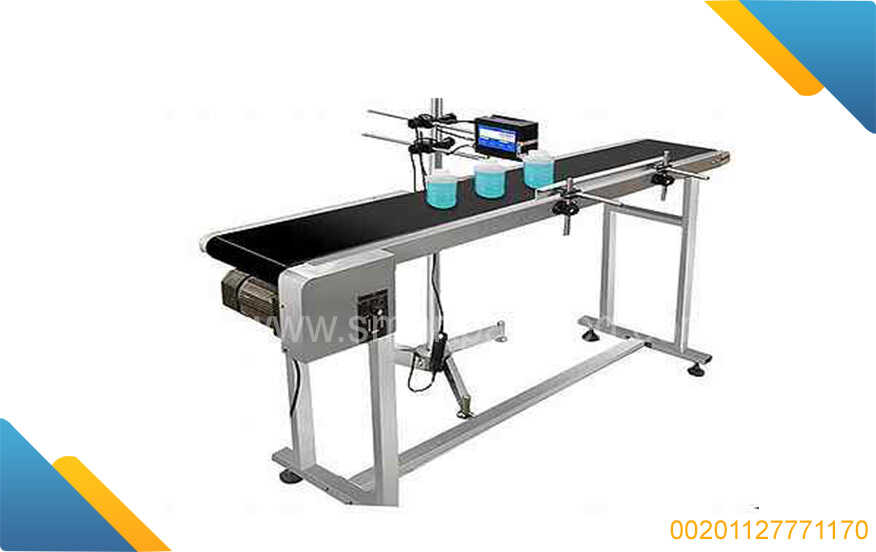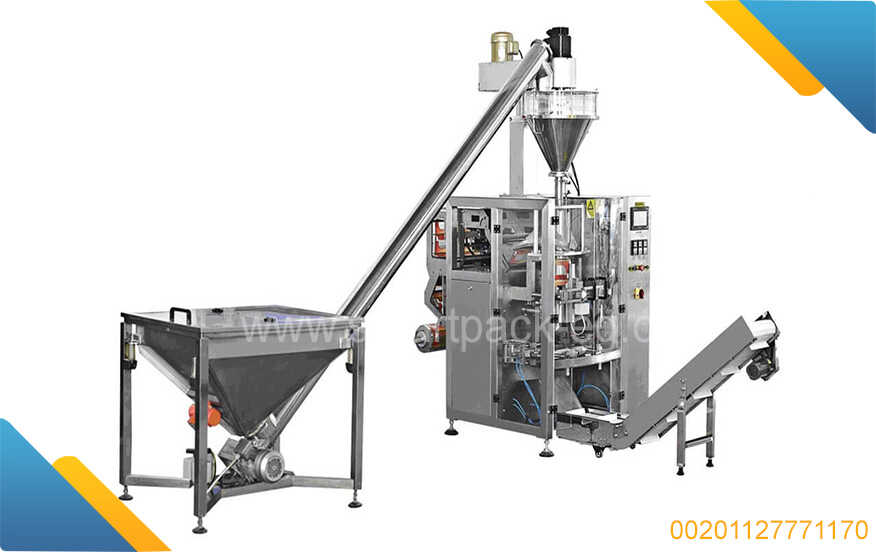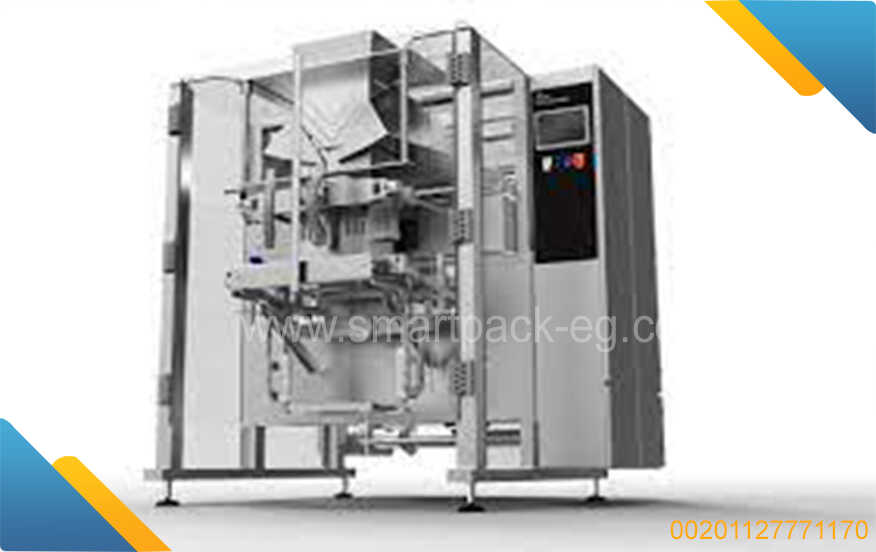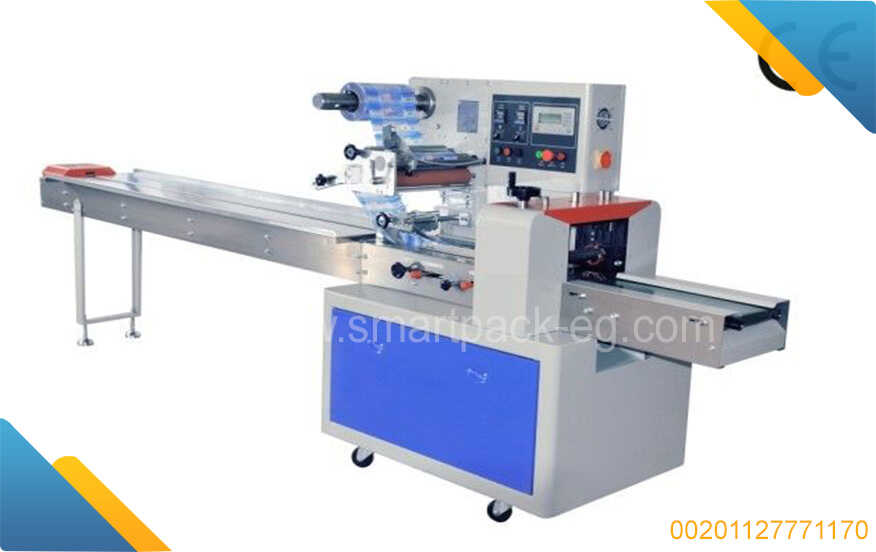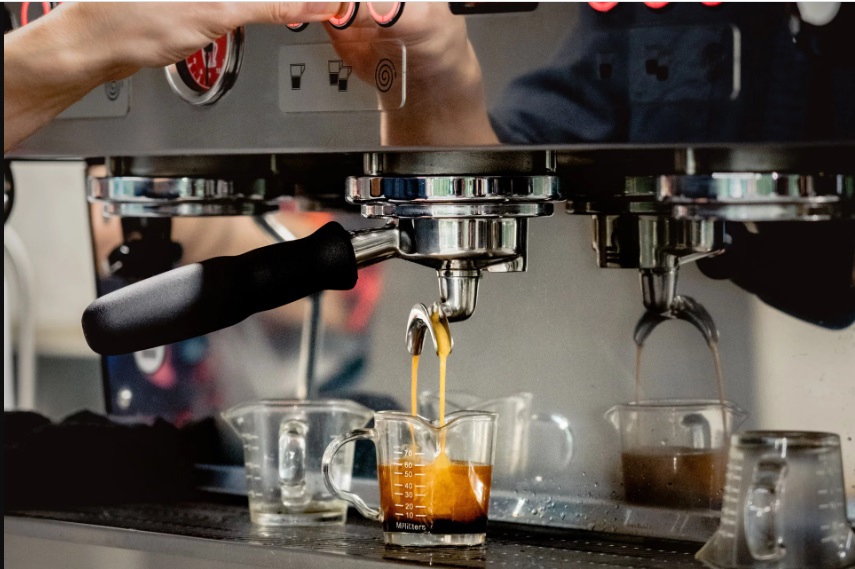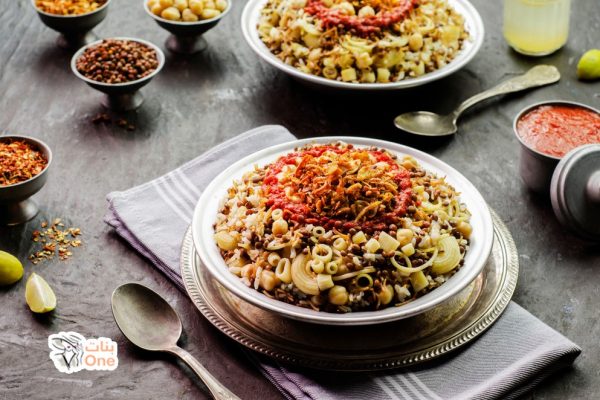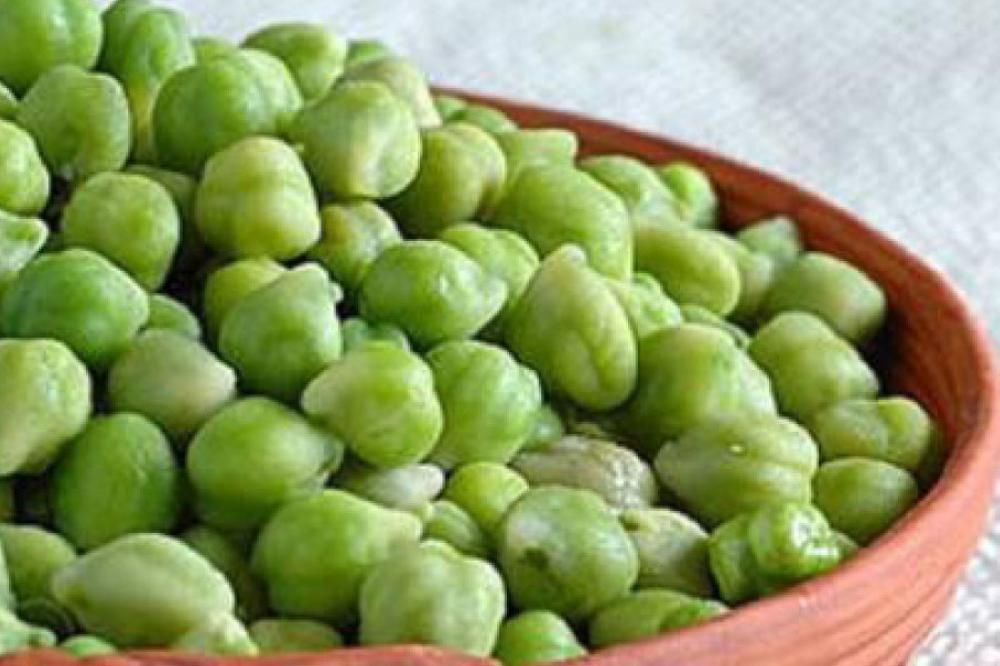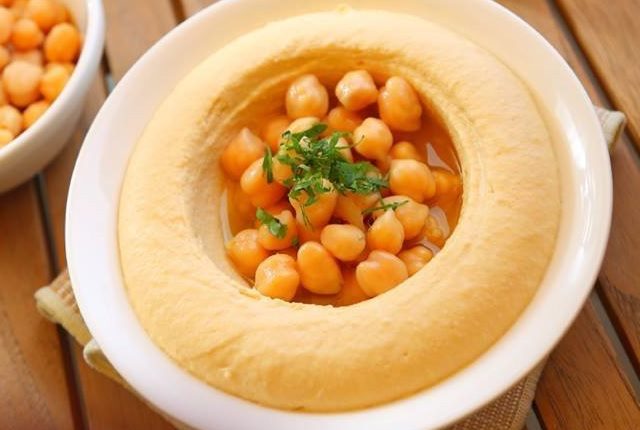How to Guide: Information on Vanilla Cultivation and Vanilla Packaging Machines
Vanilla is a highly popular flavoring ingredient used in various culinary applications, ranging from baking to ice cream making. If you are interested in learning about vanilla cultivation and the packaging machines used in the industry, this guide will provide you with the necessary information to get started.
1. Vanilla Cultivation:
Vanilla cultivation requires specific conditions and care in order to produce high-quality vanilla beans. Here are the key steps involved in growing vanilla:
a. Climate and Soil Requirements:
Vanilla grows best in warm, tropical climates with high humidity. The ideal temperature range for vanilla cultivation is between 20-30°C (68-86°F). It also requires well-draining soil with a pH level between 5.5 and 7.
b. Propagation:
Vanilla is typically propagated through vegetative means, such as stem cuttings or tissue culture techniques. The cuttings are rooted and then transplanted into garden beds or containers.
c. Support Structures:
Vanilla vines need sturdy support structures to climb on. Bamboo or wooden poles are commonly used, which should be placed at regular intervals to provide vertical support for the growing vines.
d. Pollination:
Vanilla flowers are self-fertile but require manual pollination due to the absence of natural pollinators in most regions where vanilla is cultivated. This process involves gently taking a thin stick or toothpick and transferring pollen from the anthers to the stigma inside each flower.
e. Harvesting and Fermentation:
Once the vanilla beans reach maturity, they are handpicked from the vines. The beans then undergo a process called fermentation, during which they are wrapped in blankets and placed in a warm, dark environment for several days. This process develops the distinct vanilla flavor.
2. Vanilla Packaging Machines:
The packaging stage plays a critical role in preserving the aroma and quality of vanilla beans. Packaging machines are used to efficiently package vanilla beans or extract into various forms. Here are some key types of vanilla packaging machines:
a. Vacuum Sealing Machines:
Vacuum sealing machines are commonly used to package vanilla beans. These machines remove the air from packaging pouches or bags, creating a vacuum-sealed environment that helps preserve the freshness and flavor of the beans.
b. Weighing and Filling Machines:
Weighing and filling machines are used to accurately measure and fill specific quantities of vanilla extract into bottles or containers. These machines ensure consistent portion control and help streamline the packaging process.
c. Labeling Machines:
Labeling machines are used to apply labels or stickers on packaging containers. These machines can automatically print and affix labels with product information, branding, and any required regulatory details.
d. Shrink Wrapping Machines:
Shrink wrapping machines use heat to tightly wrap a plastic film around packages of vanilla beans or vanilla extract bottles, creating a protective seal. This wrapping helps prevent moisture, dust, and tampering, ensuring product integrity.
e. Automated Packaging Systems:
Advanced automated packaging systems combine various packaging processes, including weighing, filling, sealing, labeling, and shrink wrapping, into a single integrated system. These systems offer increased efficiency, productivity, and reduced labor costs.
In Conclusion:
Cultivating vanilla requires attention to specific climatic conditions, propagation techniques, support structures, and proper harvesting and fermentation methods. Investing in appropriate packaging machines is essential to maintain the quality and extend the shelf life of vanilla beans or extracts. By understanding the cultivation techniques and utilizing the right packaging machinery, you can indulge in the delightful flavor of vanilla while ensuring its longevity and freshness

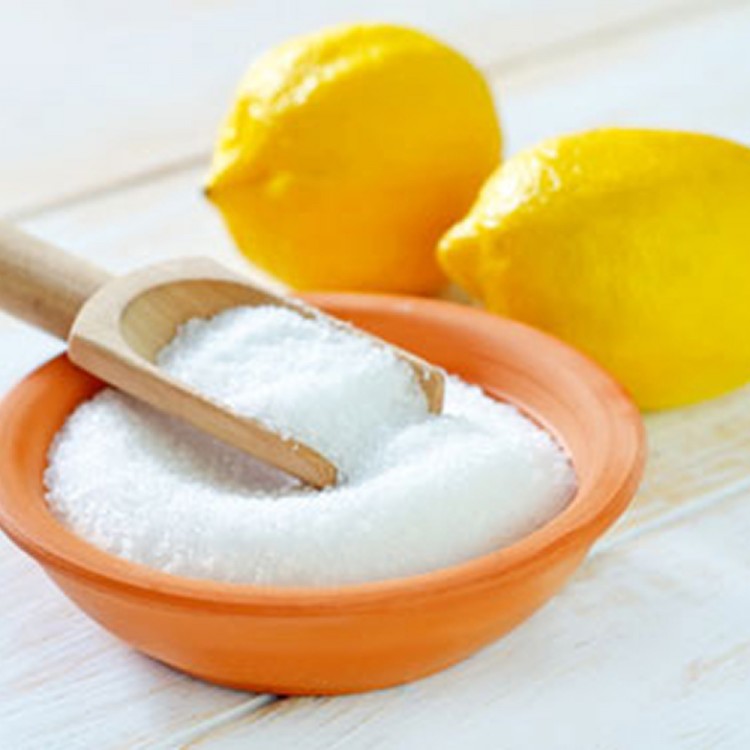
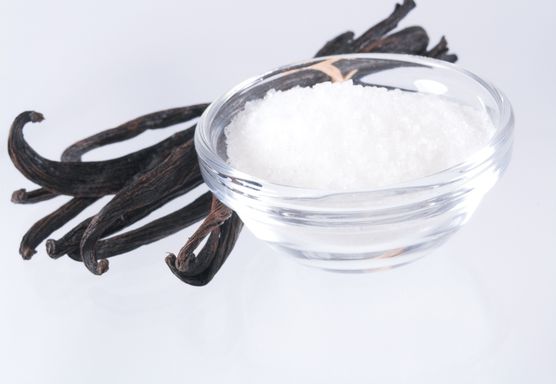
 Admin
Admin 